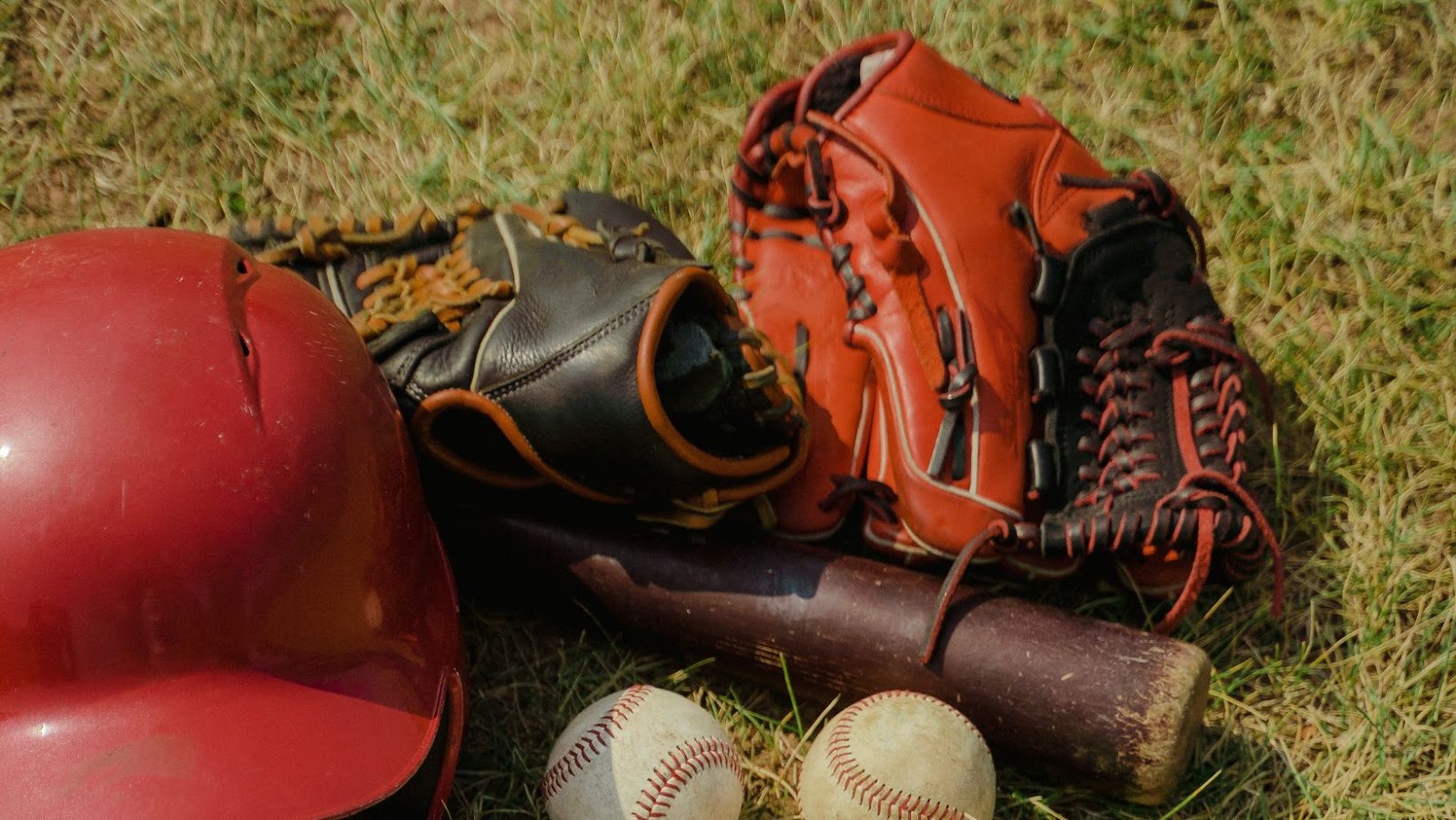Introduction
There are many different types of baseball gloves available on the market, each designed for a specific position or player preference. It can be difficult to know which glove is right for you, but this guide will help you understand the different types of gloves and what to look for when choosing one.
History of the Baseball Glove
The baseball glove has come a long way since its humble beginnings. Early gloves were little more than a piece of leather sewn together to protect the hand. Today, gloves are technical marvels, designed to help players perform at their best.
The first recorded instance of a baseball player wearing a glove dates back to 1875. Charles Waite, a first baseman for the Boston Red Stockings, donned a pair of fingerless gloves to help him field his position better. Other players quickly followed suit and by the 1880s, it was not uncommon to see players wearing gloves in the field.
At first, gloves were only worn by infielders and outfielders. Pitchers and catchers continued to play without gloves well into the 1900s. That all changed in the 1920s when New York Yankees catcher Yogi Berra popularized the use of gloves for both pitchers and catchers. Today, all players on the field wear gloves.
There are many different types of baseball gloves available on the market today. Infielders typically prefer smaller gloves that give them more dexterity to field ground balls and make quick throws. Outfielders usually prefer larger gloves that help them catch fly balls in the outfield. Pitchers and catchers usually have specialized gloves that help them perform their specific roles on the team.
No matter what position you play, there is a baseball glove out there that can help you perform your best.
Different Types of Baseball Gloves
There are four different types of baseball gloves: infield gloves, outfield gloves, catcher’s gloves, and pitcher’s gloves. Infield gloves are smaller than outfield gloves, and have a shallower pocket to help the infielder field ground balls. Outfield gloves have a deeper pocket to help the outfielder catch fly balls. Catcher’s gloves are larger than other baseball gloves to help the catcher protect his or her hands, and pitcher’s gloves have special padding to help protect the pitcher’s hand when throwing the ball.

How to Measure for Youth Baseball Glove
When it comes to children and baseball gloves, comfort is key. In order to find a glove that fits properly, you need to know how to measure for a youth baseball glove. The last thing you want is for your child to be stuck with a glove that rubs their skin raw or is so loose that it falls off their hand mid-game.
Knowing the proper size is also important for performance. A glove that is too large will be difficult to control, while one that is too small will limit the range of motion. In order to find the perfect fit, follow these simple steps:
1. Have your child extend their arm out in front of them with their palm up.
2. Measure from the tip of their middle finger to the base of their palm. This is the measurement you will use to determine glove size.

3. Gloves are typically sized by age, so consult a sizing chart to find the perfect fit.
4. Once you have identified the correct size, try the glove on your child to make sure it fits snugly but isn’t too tight. The fingers should be able to move freely and the glove should not slide down their arm when they move their hand around.
5. If the glove feels too loose, try tightening the velcro strap around the wrist or exchange it for a smaller size.
With these simple tips, you’ll have no problem finding a youth baseball glove that fits your child properly and provides them with the comfort and performance they need on the field!
Conclusion
As you can see, there are many different types of baseball gloves available on the market today. It is important to know what kind of glove you need before you purchase one. If you are a pitcher, you will need a different type of glove than an infielder. An outfielder will need a different type of glove than a catcher. And, finally, a first baseman will need a different type of glove than a third baseman. Each position has specific requirements for their gloves. Be sure to do your research so that you purchase the right baseball gloves for your needs.
